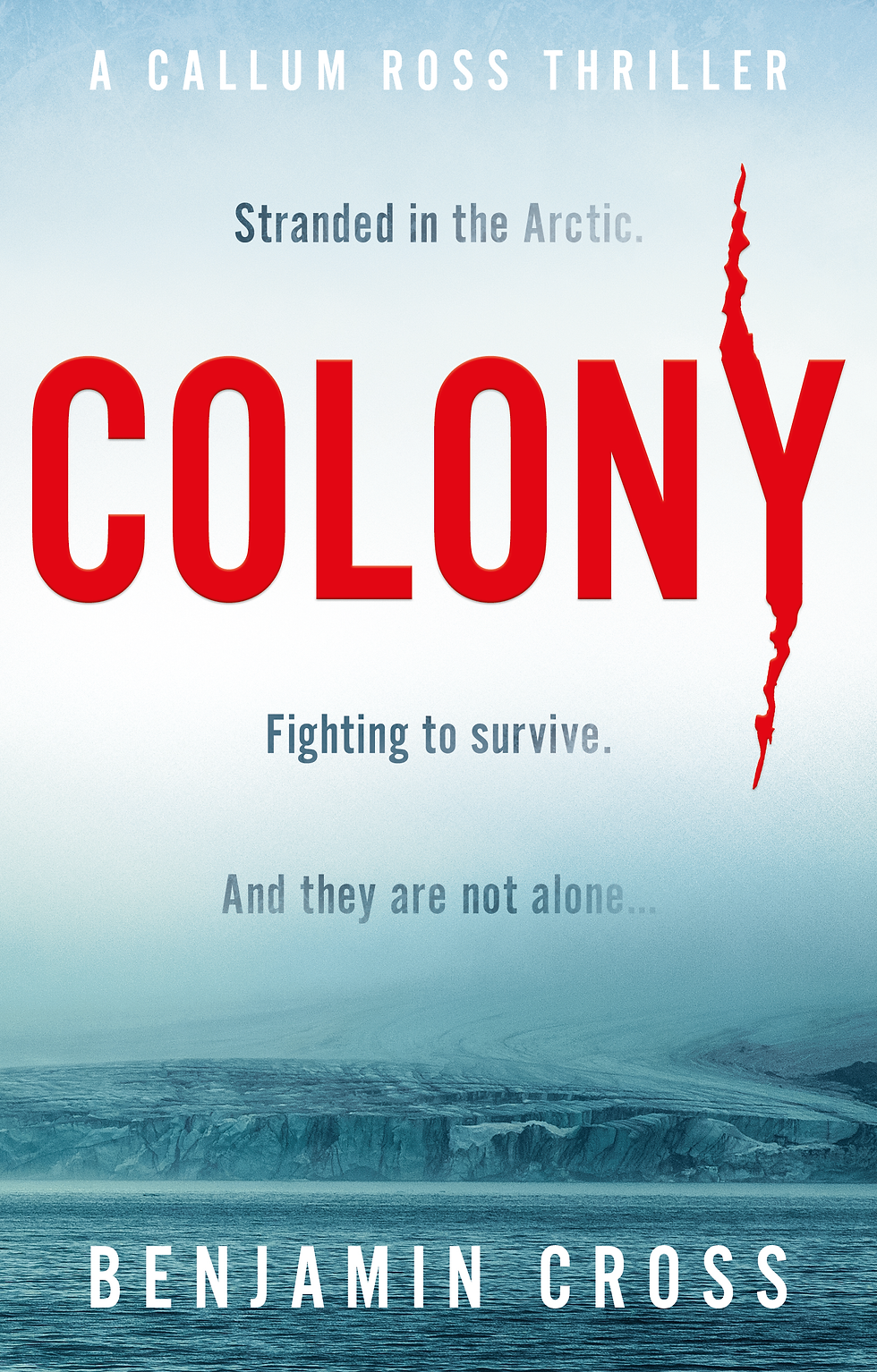Lockdown Diaries: End of Week 2
- Benjamin Cross

- Apr 3, 2020
- 4 min read

So, have we all got cabin fever yet?
If not then STAY AT HOME!
Week 2 ends and what has it brought to the party? Would it be too cliche to say nothing and everything? I've had a lot of debates online this week about the facts and figures that are being bandied around by the media, not least the now all-too-familiar daily death toll. This is something we've had to get used to very quickly in peacetime; a daily feed of the number of people who have sadly died while being treated for Covid-19.
The question on a lot of people's lips though (including mine) seems to be 'how many of those people would have died anyway?' After all, the vast majority, as we're told, had underlying health issues and were pretty old. As part of a recent Facebook discussion I came down on the following:
"The ONS has total deaths in 2018 as 541,580 or 1,504 deaths per day on average. On 1st April 2020, 152,979 people had been tested for C-19, of which 29,474 were confirmed positive, which is 19.2%. The people tested are likely to be those at higher risk at the moment (nurses, MPs?!?! etc.), as we know, so this is likely to overestimate the infection rate amongst the general population. But lets use it anyway and extrapolate...
The UK population is 67.8 million, 19.2% of which is 12.8 million people infected. 1% of the infected = 128,820 deaths. If we divide that by 360 we get an average of 357.8 deaths per day. The average number of deaths per day according to ONS is 1,504, so this probable over-estimate of 357.8 = 24% of the average daily death toll.
What we still don't know though is how many of those 357.8 people who had C-19 in their system when they passed away would likely have died that day anyway. Are they on top of the 1,504, included within the 1,504, or partially within the 1,504? If the latter, then how partially? What are the numbers? At present, those in the know seem less interested in broadcasting this than the daily C-19 death toll. Perhaps they just don't know.
The other thing that has loomed large this week has been the word 'furlough'. I'd never heard it before, and I suspect that most people hadn't. Now it's a thing. I work in the heritage sector, which includes commercial or development-led archaeology. While unconfirmed, I have heard that 75% of the archaeology workforce has now been furloughed. And this isn't surprising.
The archaeology industry is founded on itinerant workers on short-term, rolling contracts. Those on permanent contracts, known as 'core staff', are comparatively low-paid and eminently expendable. Added to this insecurity, the industry itself is frankly at the arse-end of the construction process. Why? Because - not without irony - it doesn't tend to produce anything of monetary value. It is in fact an incomprehensible waste of time and resources to many in the construction industry; in many senses the antithesis of commercial endeavour.
So whenever the sh*t hits the economic fan, archaeology takes a hammering. It happened in 2008, when there were massive industry-wide lay-offs (I was subject to the redundancy process, but luckily survived), and it's happening again now. Only this time, we have the government's 80% of salary pledge, which has thankfully tipped the balance from redundancy to furlough. I now work in consultancy, which has a higher degree of job security. But even we are not immune. Furlough is the hot topic, and I have little doubt that the next fortnight will see colleagues and potentially myself faced with it.
On the flip-side, family-wise this last week has been pretty positive for us. My wife has engaged with the boys (and not just of necessity) perhaps more than she ever has since they were babies. She's been following the online curriculum provided by the school, but also doing her own enviably creative thing with them. This has included tapping into their love of / obsession with Minecraft, and creating a series of Minecraft mini-magazines for them, which are effectively narrative lessons. I'm impressed and incredibly proud, and I've never loved her more.
In addition, I've been making more time to play with the boys as well. They've been helping me out with digging vegetable patches (blog forthcoming) and also playing football with me. The older one - Ethan (6) - has suddenly become very good at it, and earlier today he genuinely stuck 7 of 10 shots past me. Okay, I'm old and a load of sh*t in goal, but it's not that many weeks ago that he could barely kick the ball. Ted (4) continues to punch me in the dick at every opportunity and then laugh uproariously.
So in sum, Week 2 has been very much a mixed bag. We've settled into the routine of lockdown fairly well, but there are still things taking place within the world beyond that we are powerless to resist. There are more questions than answers still at this stage, despite the fact that the situation is that much more familiar.
I have to say though that I have rarely felt more connected to other people. There is something in our vulnerability that connects us at a very basic level. It heightens the relevance and benefit of our interactions and in many ways makes us more of a community than we ever are in times of plenty. My prediction? Week 3 will bring much the same, if a little more restlessness. But maybe, just maybe, by the end of the week the light at the end of the C-19 tunnel will be that much brighter.






Comments